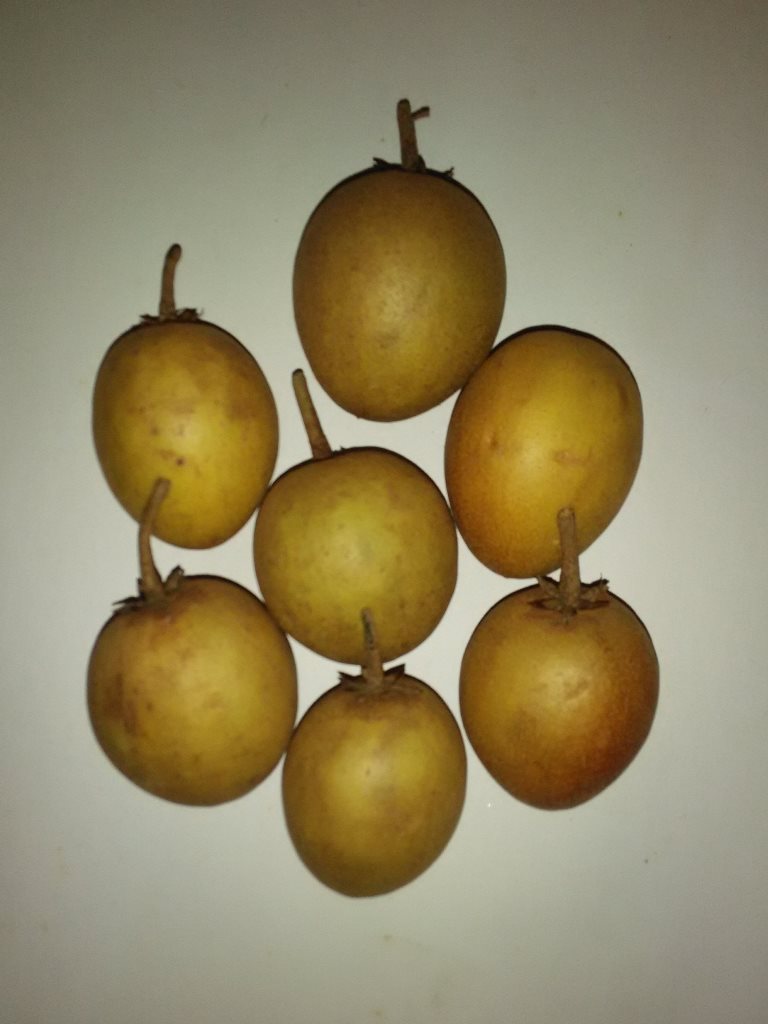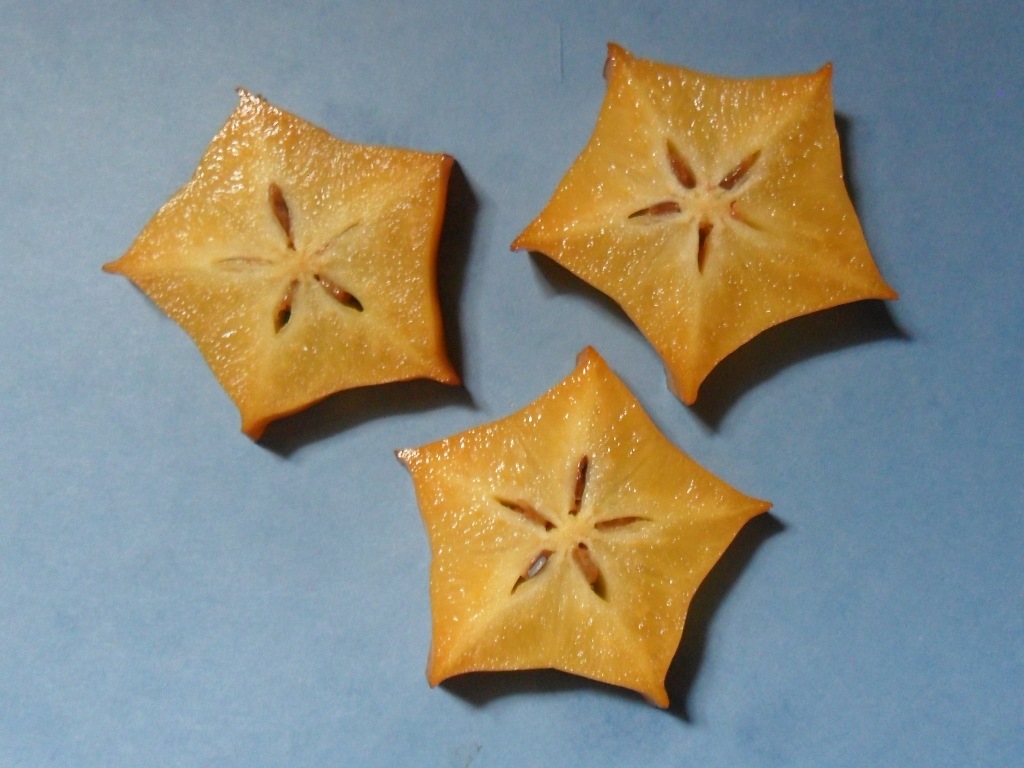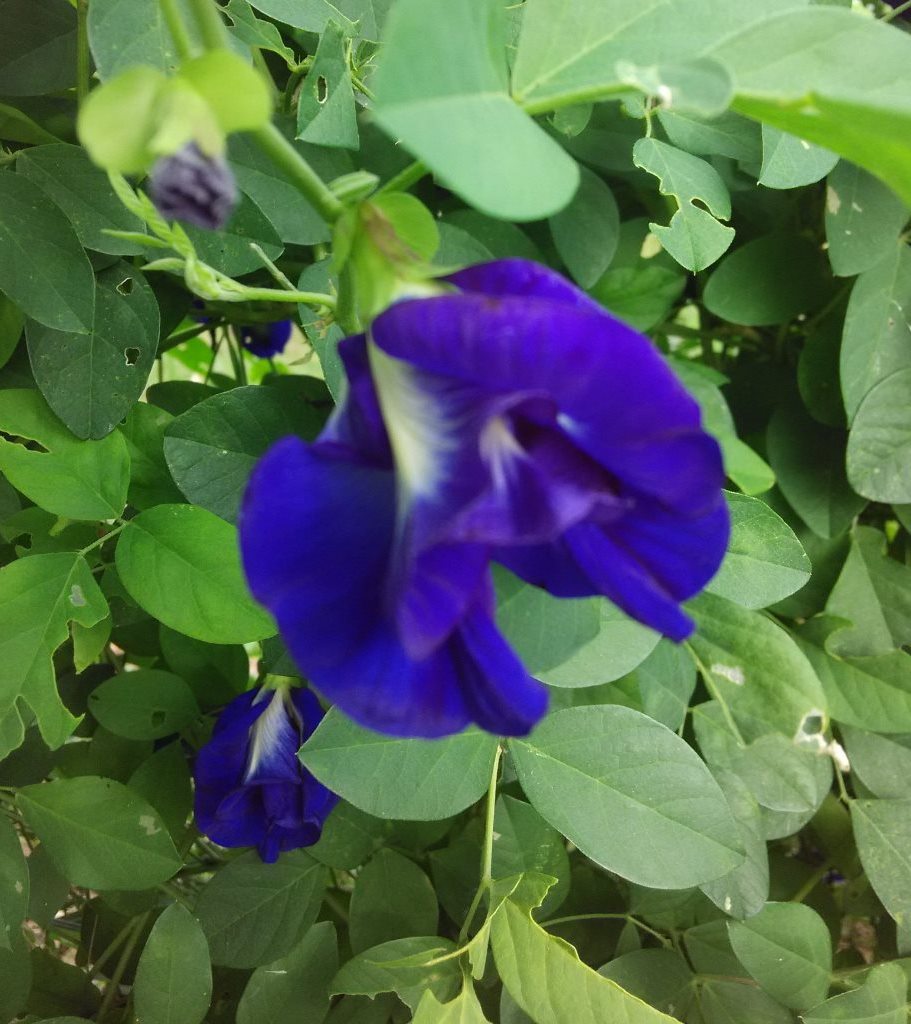Plants I have grown

Over the last few years I have started to grow various types of plants in my front yard. Below i have compiled the steps growing various exotic trees and bushes, the problems I have encountered and some tips for success in germinating the seeds.
Below you can find some of the plants I have successfully grown. More plants will be added on a regular scale.
Mango - Mamuang

Mango trees are evergreen trees that grow in warm climates. They can reach heights of up to 40 meters. Trees grown from seeds produce fruits after 4 to 6 years. The fruits take 4 to 5 months to ripen. Ripe fruit variy in size, shape, color, sweetness, eating quality, and colors depending on the cultivar. Mature fruits can be yellow, orange, red, or green. Mango trees grow readily from seeds, with germination success highest when seeds are obtained from mature fruits. Some varieties do not come true to the parent, but most of the Thai varieties like Nam Dok Mai grow true to the parent tree.
Cocoa - Theobroma Cacao

Cacao (Theobroma cacao), also called cocoa is a tropical evergreen tree (family Malvaceae) grown for its edible seeds. Native to lowland rainforests of the Amazon and Orinoco river basins, cacao is grown commercially in the New World tropics as well as western Africa and tropical Asia. Its seeds, called cocoa beans, are processed into cocoa powder, cocoa butter, and chocolate.
Sapodilla - Lamut

The Sapodilla tree originates from Mexico and the Yucatan peninsula but it was also introduced in the Philippines during the Spanish colonization. From there it spread over Southeast Asia. Fruits look like potatoes, reaching 4-8 centimeters in diameter and are incredibly tasty when ripe. Many have compared the sweet flavor of the Sapodilla with cotton candy or caramel. The seeds resemble black overgrown beans with a hook at one end that can get caught in the throat if swallowed. Like the Avocado the Sapodilla fruit only ripens after being picked.
Carambola - Starfruit


Starfruit (scientific name Averrhoa carambola) named Ma-fuang in Thailand is a fast growing tropical and subtropical tree native to India and South East Asia. The tree is grown for its fruits which have a star shape. The Carambola is a medium sized evergreen tree that reaches heights 6 to 9m. The Starfruit tree grows fast, the first fruits can be harvested after about one year. It is easy to grow in containers or pots, it needs well draining soil and high humidity. The tree thrives at hot temperatures it stops growing at around 18 degree celsius; it can be grown outside as long as the temperature never gets below 8 degree celsius.
Clitoria Ternatea - Blue Tea



The Clitoria Ternatea plant, also referred to as the butterfly-pea, blue-pea, Aprajita, Cordofan pea or Asian pigeonwings, is a plant from the Fabaceae family and is commonly found throughout South East Asia. The bright blue petals from the flowers of the butterfly-pea plant have been used as an ingredient in herbal tea drinks throughout the region for centuries as well as used in cooking. The blue flower imparts its blue color when steeped in warm or hot water, leading it to being used as a dye, as well as to add color to various foods. In Thailand and Vietnam the tea is commonly known as nam dok anchan. The flavor of the tea can be described as earthy and woody. For centuries the butterfly-pea flower tea was only known in South East Asia but in recent years, through the proliferation of travel shows and food blogging it has become known outside its area of origin.
Blue Tea as a herbal supplement
 Blue Tea is made from the flowers of Clitoria Ternatea is rich in antioxidants, flavonoids and peptides. These powerful bio-compounds help the body fight free radicals which are toxic and cause premature ageing. It is a good idea to detox the body once in a while with an antioxidant-rich drinks like blue pea tea.
Blue Tea is made from the flowers of Clitoria Ternatea is rich in antioxidants, flavonoids and peptides. These powerful bio-compounds help the body fight free radicals which are toxic and cause premature ageing. It is a good idea to detox the body once in a while with an antioxidant-rich drinks like blue pea tea. It is good to fight Diabetes, a cup of blue butterfly pea tea taken in between meals will inhibit the intake of some glucose from the diet and lower blood sugar. Antioxidants in the tea also help the body lower risk of infections, which diabetics are prone to, and it is also great for your heart health.
The antioxidants in a cup of blue tea are good for hair and skin. This tea also has many vitamins and minerals which keep your skin and hair looking good as it keeps them from ageing prematurely.
Blue Tea and boosts brain activity it refreshes the brain and boosts it activity and function. This will keep you energised. Blue Tea can relieve stress and lower the symtoms of anxiety disorders and lower the risk of cancer due to its antioxidants.